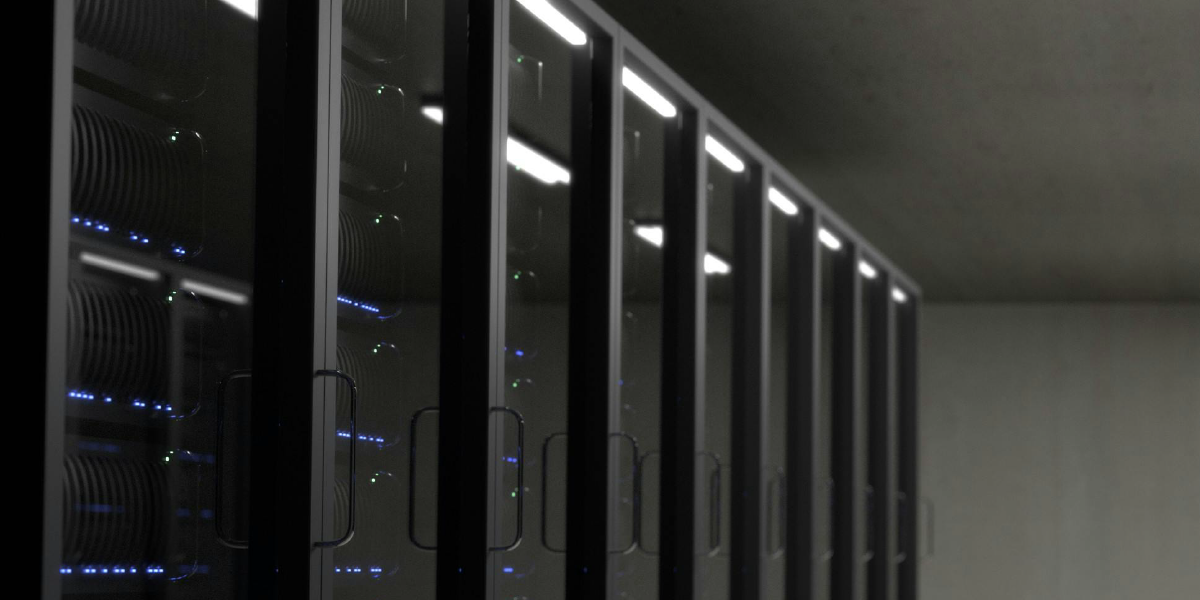Reshaping Data Centres and the Digital Landscape

Artificial intelligence is changing the world and is projected to have a global market value of $2-4 trillion USD by 2030.
The future is now, and it feels as though we’re witnessing a big bang in technology every couple of months.
AI has crept into every facet of our lives, fundamentally transforming our work and play. Data centres are at the heart of all this excitement. Put simply, AI is when computer systems are used to simulate human intelligence processes. This includes learning, reasoning, and – particularly interestingly – self-correction. In other words, it’s like having a human brain in a computer. Bill Gates has compared its rise to the start of some of the most important technological advances in history.
The surge of AI is staggering. For instance, ChatGPT reached a million users in just five days; for Netflix, this milestone took a few years. The enthusiasm to implement the technology is evident from these instances of explosive growth.
However, AI has a surprisingly large appetite for data, and the computational power required to process that data is enormous, especially considering that it’s only set to increase further. That’s where data centre infrastructure comes in. Data centres are the backbones of the digital world and are no longer simply storage spaces but are rapidly evolving into entire ecosystems. These ecosystems are energy-hungry, requiring rapid processing power for energy-intensive processes and efficient delivery of data worldwide.
Data centres are home to rows of servers, storage systems, and complex networks that facilitate the flow of information. Such facilities are essential to various workloads, from search queries to financial transactions and digital interactions, and usually remain silent while completing their tasks. As progressive as AI’s demands and capabilities are, it is crucial to ensure their compatibility with data centre infrastructure.
Every computation involved in processing data is key to AI, and the efficiency of these processes depends on three primary types of processors: the Graphics Processing Unit (GPU), the Central Processing Unit (CPU), and the Tensor Processing Unit (TPU).
On the one hand, the GPU is great at managing parallelism, making it excellent for training AI models. On the other hand, the CPU allows for more flexibility in terms of simultaneous tasks on an increasing scale. Finally, the TPU, which is Google’s development in this sphere, is best suited for completing the highest possible number of AI tasks in the shortest amount of time.
Integrating AI into data centres presents several challenges:
- Power: AI training processes require high-performance computing infrastructure, necessitating reliable and sufficient power supply systems.
- Connectivity: Seamless, high-speed, and low-latency network connectivity is crucial for efficient data transfer and communication.
- Cooling: AI workloads generate significant heat, requiring advanced cooling systems to maintain optimal operating temperatures.
AI is ever-emerging and ever-evolving, and thus, changes must be made to regulation. For example, the AI Act recently released by the EU categorizes applications of AI into four different levels of risk: unacceptable, high, limited, and minimal or no risk. At the same time, the NIS2 Directive has expanded cybersecurity regulation to cover the digital realm as well.
As such, one of the main challenges facing industries, including data centres, will be keeping up to date with these regulations. AI is progressing faster and further than anything we have seen in recent years, and data centres must move as quickly to keep up with the changing parameters and risk boundaries that are now being defined.
To sum up, the AI revolution is changing the way our digital infrastructure works, with the data centre being one of the first to be transformed. This transformation is crucial because, as we discover new ways of applying AI, we will need everything from technological advancements to regulatory compliance. This concerns both technological progress and the need to deal with new laws and regulations that pile up with the growth of AI. Thus, the history of AI and the data centre is one of continuous development and mutual shaping of each other.
Interested in learning more?
Data Centres Expo Europe | Data Centres Event & Conference
Register for free to attend the upcoming Data Centres Expo event and conference which will shine a spotlight on the future outlook for the sector, as demand for data centre spaces increase. Gain valuable insights from industry leaders and network with experts from the largest data centre providers. Examine key topics such as building AI ready data centre infrastructures, building scalability and sustainability into data centres, and cultivating the right data centre hardware solutions. Learn more and register for free here.













